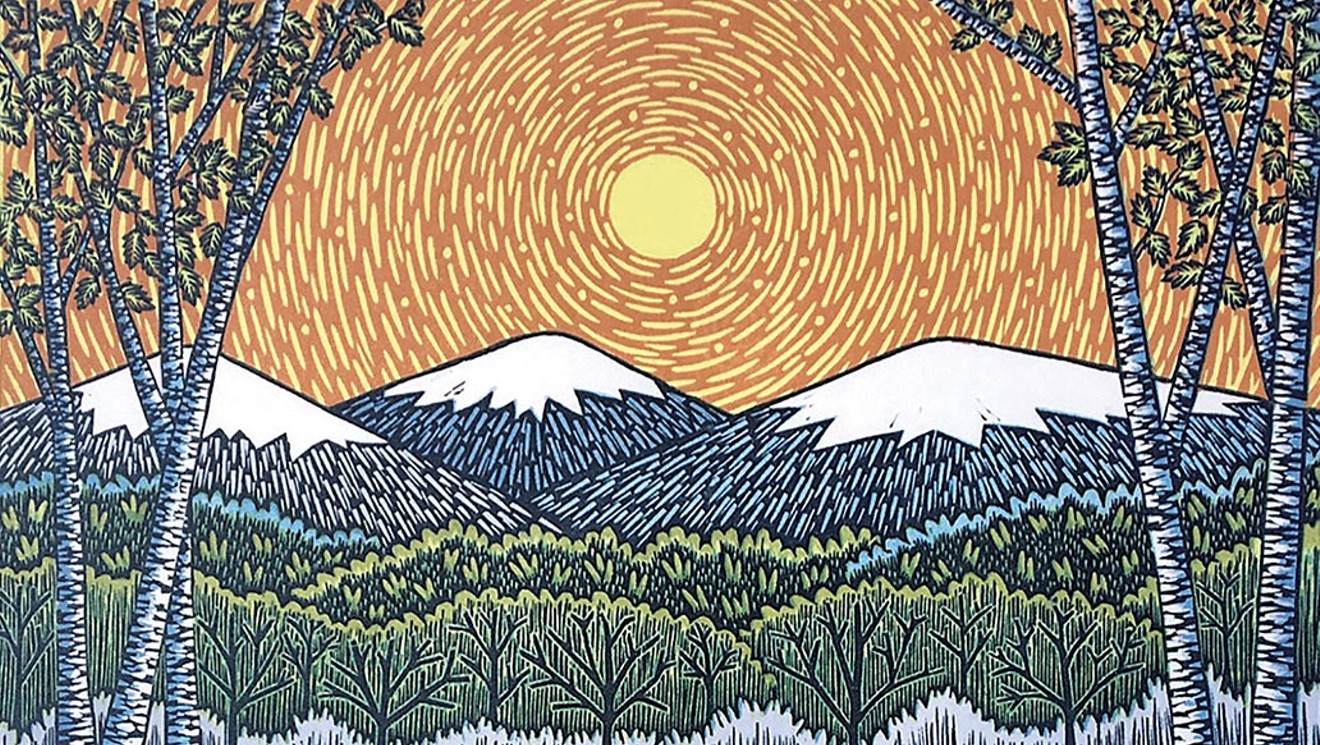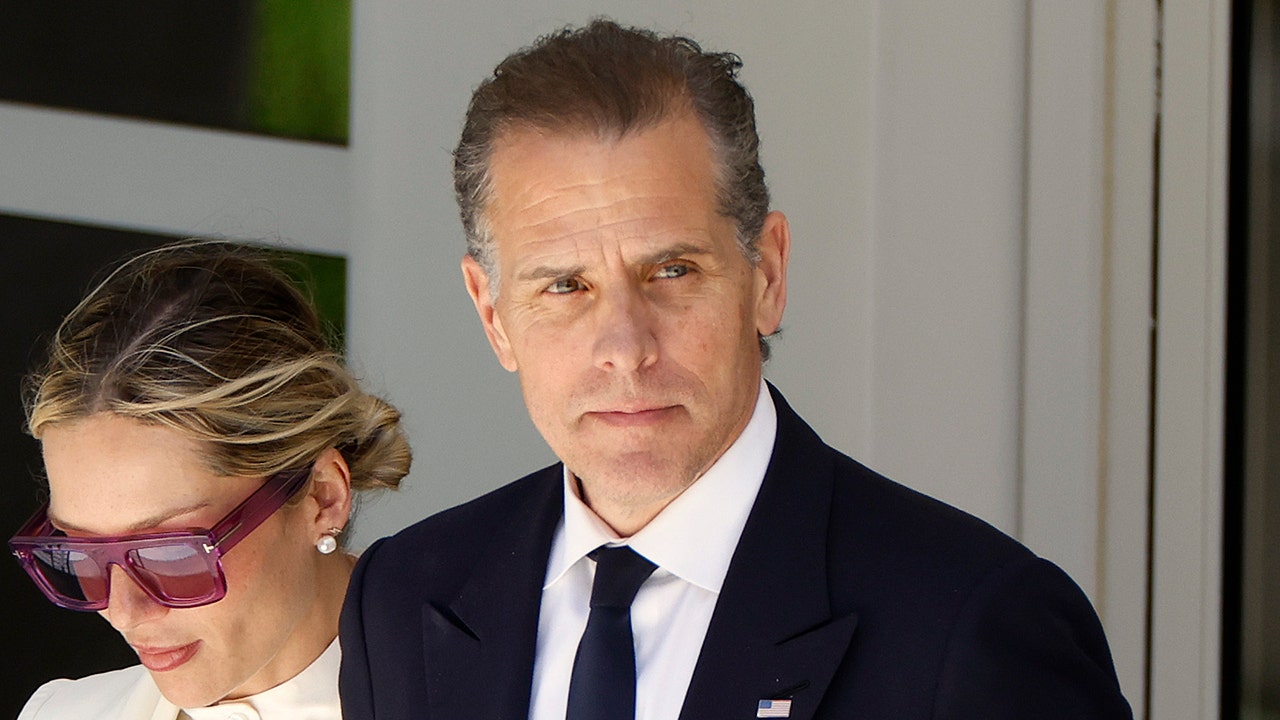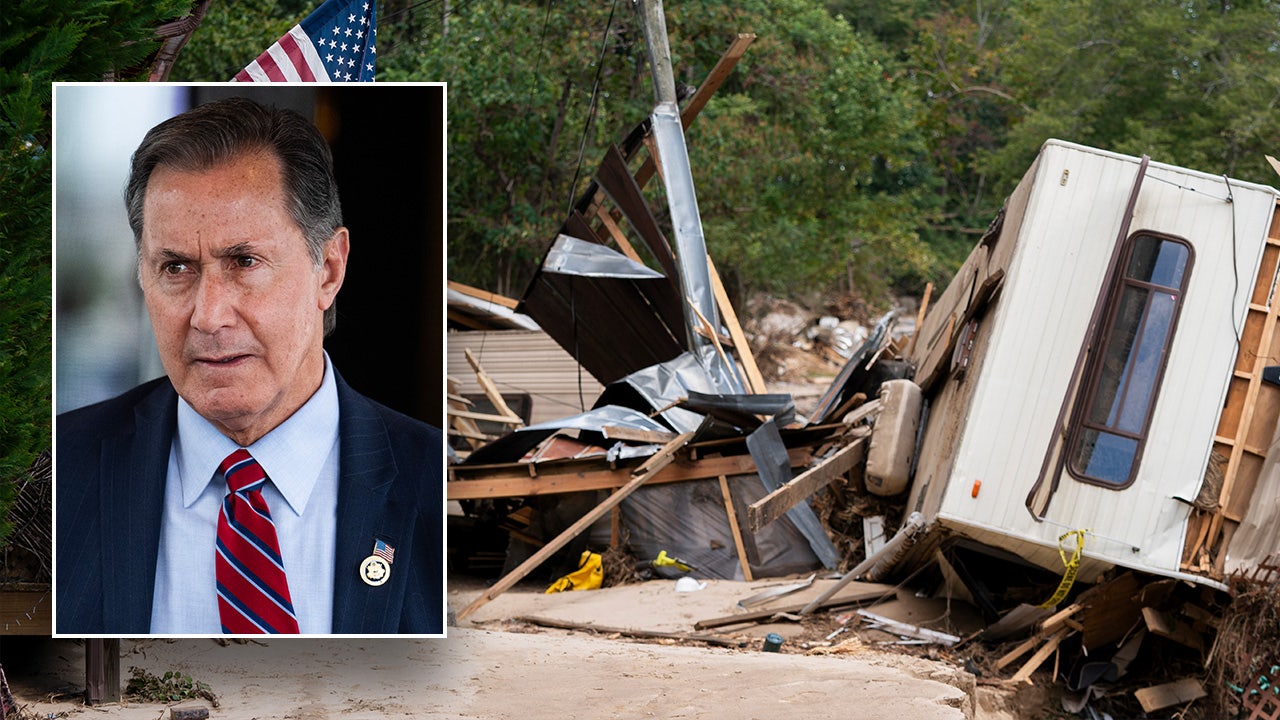Dear Editor,
I have written before about the way the University of Vermont Health Network spends its money, and now it appears the Green Mountain Care Board that approves its budgets have noticed that they overcharge to make money. UVM Health Network’s response is to cut services to Vermonters.
Apparently cutting salaries to its overpaid officers is never on the table. When workers ask for a fair share of the income, they are told there is no money to pay them. Yet the top dogs make salaries wildly disproportionate to the rest of us regular Vermonters.
Other companies (e.g., Ben & Jerry’s) find people willing to work for less money than the “going rate” because they find people who actually care about both the company and its business practices. One of the reasons health care is so expensive is because of the unwieldy and irrational salaries paid to its top officers. People making money out of others’ suffering have no place in a health care system. When primary care physicians, nurses, and other support staff are massively underpaid, it is the consumer who shares their suffering.
READ MORE

We need single payer health care. It would cut in half, maybe more, the administrative staff in the hospital that juggles the bills to different insurance companies. It would compensate the workers appropriately for the work they do, not the prestige they earn by some overrated title they hold. And finally, it would prevent medical providers’ tendency to cut costs by limiting service, rather than finding cuts that would not compromise patient care.
The profit-making in the health care system comes from insurance companies, big pharma and administrative costs that are unrelated to the prime directive of a health care system: patient care. It’s time to put the patients first.
Barbie Alsop
Burlington






























/cdn.vox-cdn.com/uploads/chorus_asset/file/25724877/Super_Nintendo_World.png)




